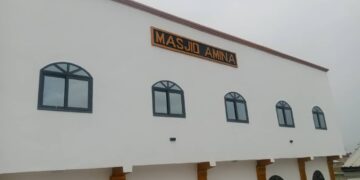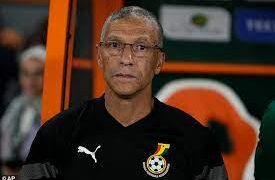Police in Myanmar have fired rubber bullets during a demonstration in the capital Nay Pyi Taw, as thousands defied a ban on protests.
Water cannons and tear gas have also been used against protesters demanding democracy be restored after a coup which removed the elected government.
BBC Burmese has been told at least two protesters have been seriously injured.
However, he did not issue a direct threat to protesters – although a broadcast on Burmese state TV following his speech said action “must be taken” against those breaking the law in the Southeast Asian nation.
Protesters in Myanmar have been demanding the release of elected leader Aung San Suu Kyi, along with senior leaders of her National League for Democracy Party (NLD).
She was arrested after the military seized power, claiming without evidence that an earlier election was fraudulent. The army has declared a year-long state of emergency.
How did the situation escalate?
Earlier on Tuesday, police began using water cannons against protesters in Nay Pyi Taw.
But the crowd withstood the barrage of water fired at them and refused to retreat, according to Reuters news agency.
“End the military dictatorship”, people yelled out.
Warning shots were eventually shot into the air, before rubber bullets were fired at protesters.
One resident told news agency AFP they initially “fired warning shots to the sky two times, then they fired [at protesters] with rubber bullets”.
According to BBC Burmese who spoke to an unnamed medical officer from a Nay Pyi Taw hospital, two protesters are seriously injured, suffering from a head and chest wound respectively. It is not yet clear how exactly they were injured.

Another doctor in an emergency clinic said he had treated three patients with wounds suspected to be from rubber bullets. They have now been transferred to a main hospital, he told Reuters.
There are numerous unconfirmed reports of police officers crossing over to join protesters. In some areas, police also allowed demonstrators through their barricades.
The BBC’s South East Asia correspondent Jonathan Head said it was clear officers were making a “more determined effort” to disperse protesters, but added that they were still using non-lethal measures.
Previous protests against the military regime in 1988 and 2007 saw people killed.Tuesday’s protest follows similar demonstrations on on Monday, which saw teachers, lawyers, bank officers and government workers gather in cities across the country and water cannon being used against protesters for the first time.
A few injuries were reported then, but there were no reports of violence.
How is the military reacting?
Monday saw Gen Min Aung Hlaing give his first televised address since the coup a week earlier. He insisted the seizure of power was justified due to “voter fraud”, accusing the electoral commission of failing to investigate irregularities over voter lists in the November election.
The commission had said there was no evidence to support claims of widespread fraud. The election was won in a landslide by the party of elected leader Aung San Suu Kyi.
Ms Suu Kyi and senior leaders of her National League for Democracy Party (NLD), including President Win Myint, have been put under house arrest after being detained a week ago.
Gen Min Aung Hlaing promised new elections overseen by a new “reformed” election commission, and said the military would hand power to the winner.

He also said his rule would be “different” from what was effectively a 49-year military grip on power that ended in 2011.
He spoke of achieving a “true and disciplined democracy”, a phrase that drew scorn from some opponents of the coup on social media.
BBC





























